








1) Make it official. Sign up. You will receive information and opportunities to connect to things that you are passionate about in the community. www.breathemagazine.net or www.gsclubhouse.org
2) Communicate... If there is something coming up that the community should know about, let us know so that we can spread the news to get participation. email gwen@schranksclubhouse.org
3) Attend City Council Meetings, County Meetings, School Board Meetings, etc. Use the public comment time to share your voice and to encourage the community to come together. Try not to be negative. If you have a problem to report, try to also provide a possible solution. This is not a Movement about complaining, its a movement about coming together to problem solve and create change that last.
4) If you are interested in writing an article for this magazine, contact Gwen Schrank via email. gwen@ schranksclubhouse.org
5) Remember: YOU MATTER!
1. 2nd Friday of the month starting January 13th, noon-1pm - Community Connection Zooms- Members will recieve zoom invitations after signing up to be apart of this Movement. Every Voice Matters.
2. January 26th, 2023 - Community Meeting @ Riverway Elementary School- See details in magazine
3. Now -January 30th, 2023- MHSA Community Process Planning Survey- Details in magazine
4. Tulare County Supervisors Board Meetings- Mondays at 9am
5. Visalia City Council Meetings- Bi-Weekly Monday Nights at 7pm - City Hall
6. Look up your school district to find out what dates , times, and places where they meet
Showing up Matters!
Breathe YOU MATTER is published Bi-Monthly in 2023 and is available online for free digital download. Views expressed in the columns are those of the columnist and not necessarily those of Breathe YOU MATTER Magazine, advertises, or community partners. Our goals are to provide a mental wellness resource and stop the stigma associated with mental illness by providing a platform for people to share their journeys. If you have any questions or concerns, please contact the Founder Gwen Schrank via email. gwen@schranksclubhouse.org
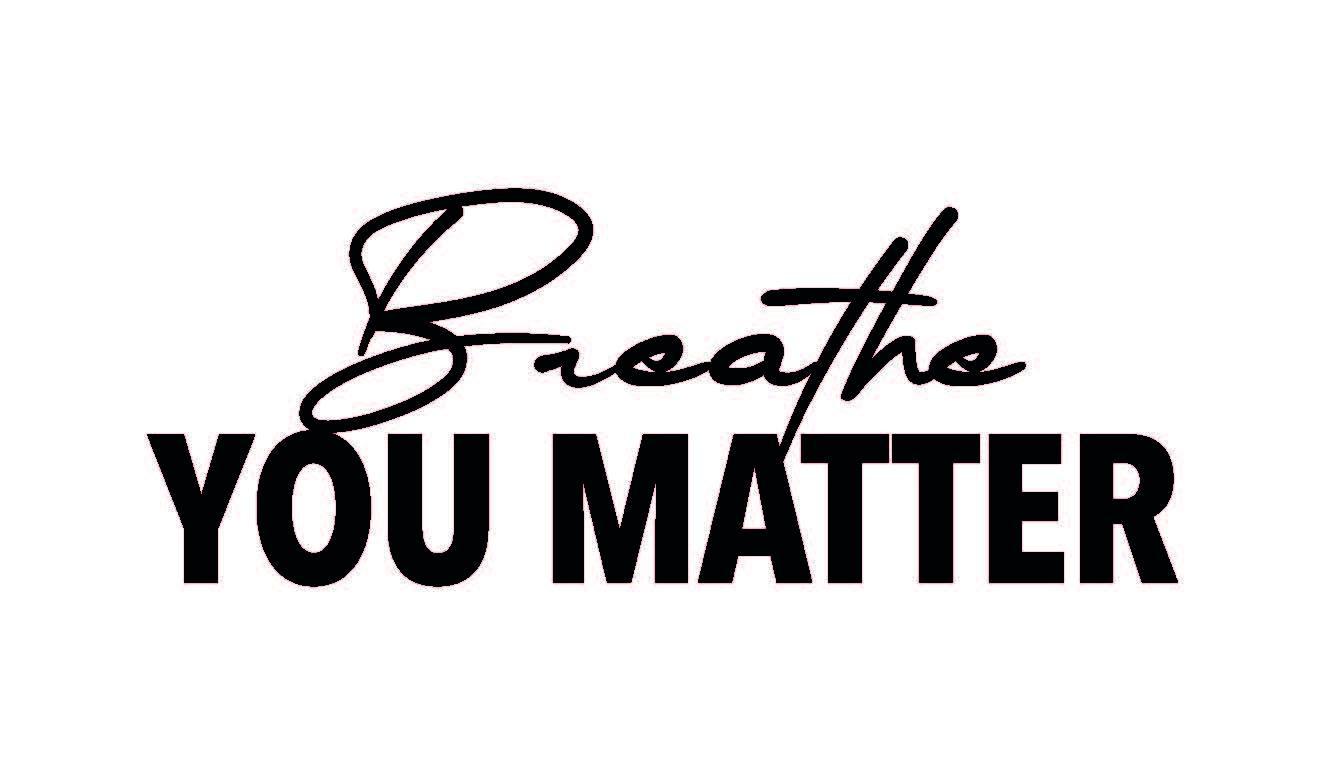

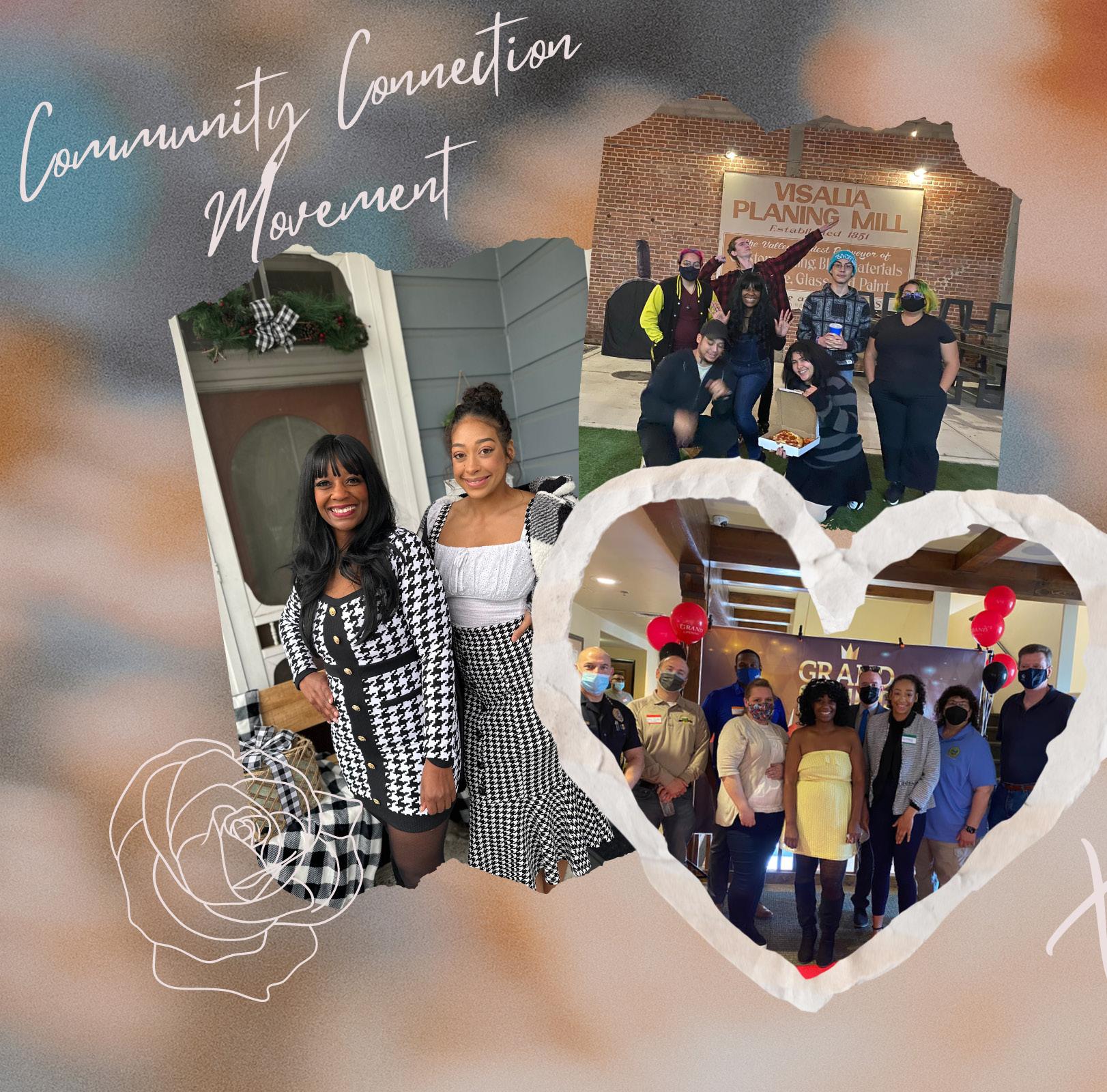




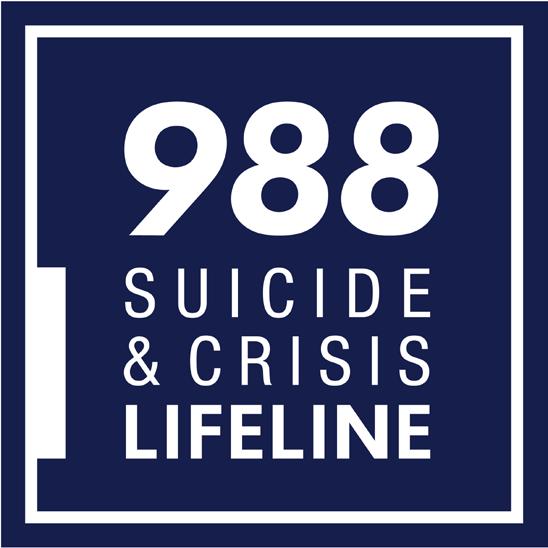

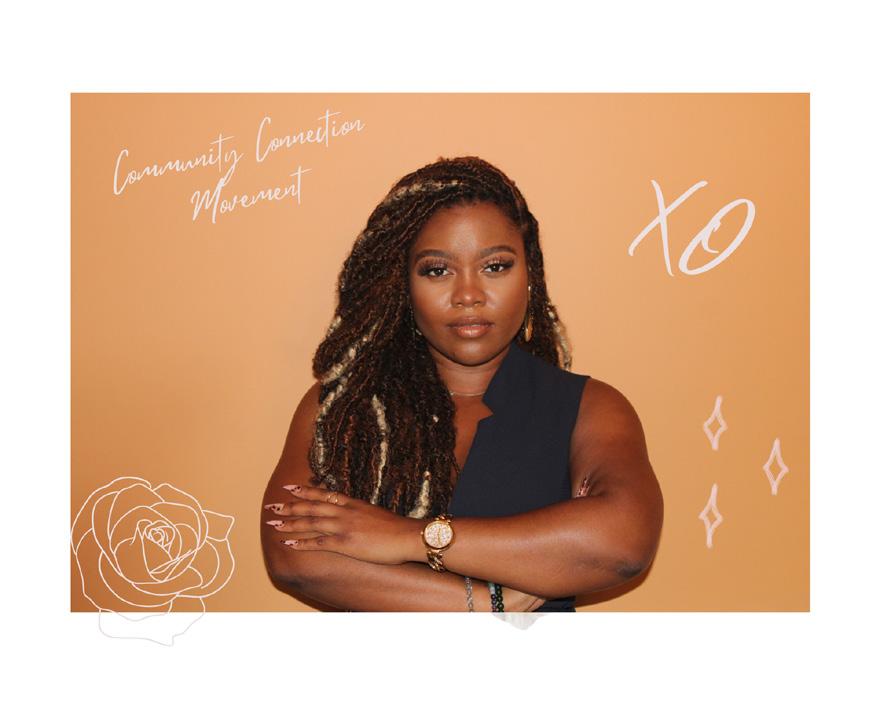
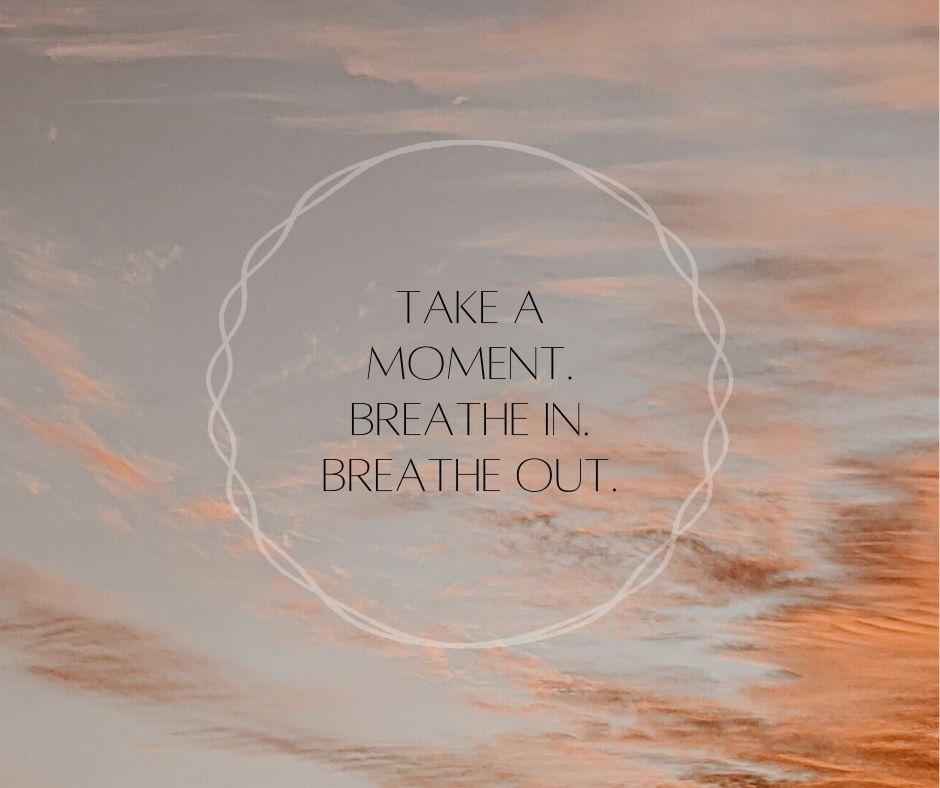
On July 18th, the City of Visalia took huge steps in securing funding and approval to renovate the Majestic Inn off West Noble Avenue and South Linwood Street into 42 Permanent Supportive housing units? These units will help 42 people who qualify obtain permanent supportive housing. Supportive housing means there will be a variety of supportive services available for people in need. It is not required that the tenants take advantage of the supportive services; however, if they want to use it, they have access.

The cost to renovate the Majestic Inn was one of the concerns of those in the community. The cost was an estimate$320K per renovated room.
Another concern was even with good intentions; some housing projects lead to unsupervised activities a few years down the line which turns into drugs, crime, and prostitution. Other concerns included the lack of communication between city leaders, community, and businesses surrounding that area. Some people wish they had known about the Request for Proposal and the details of the project so that they could have either rallied in support or against. The feelings of secrecy was a problem for community members and organizations who learned about it on the day of the vote.
During the Visalia City Council Meeting that day, the council members were asked to hold off on the vote until there could be additional options. The vote passed with Mayor Steve Nelsen scolding
attendees saying, “To sit up here and say, ‘Let’s not do it’: It’s a shame. It’s a shame to tell the student at COS, ‘We don’t have housing for you. So, you decide if you’re going to get an education, live on the street or go get a job and don’t get your education.’” Nelsen said. “I’m not going down that path.”
Mayor Nelsen threw some attendees for a loop because we thought this project was for Permanent Affordable Rental Housing to help individuals and families experiencing homelessness to permanent housing through a tailored package of assistance, not for dorms or campus apartments. That’s quite different.
Another side note: At the City Council Meeting on December 5th, 2022 Mayor Nelsen voted against the Warming Center for those who are experiencing homelessness to have a warm place to sleep on cold winter nights at 701 E. Race Ave, Visalia, 93291 at the cost of $1 per month for rent through April 2023. He told other Council Members to start working on a plan for the Warming Center to be located in thier areas for next year because he doesn’t want it to be on the Northeast side of Visalia again. The Northeast side of town is his area, but as a community member and leader, I would like to remind Mayor Nelsen that he is the Mayor of all of Visalia, not just his area.
What are we doing? What is our goal to help those in need experiencing homelessness? Can we create more ways for the community to get involved in solving the problems with new and innovative solutions?

There are many community organizations that are working hard without funding to help problem solve and support the initiatives of the local and state government. Now is the time to also bring in the school districts, hospitals, churches, businesses, and community organizations to the table.



“Not Everything is for everybody, but everybody needs something.”
It’s time for the community to stand up, pull up, and attend City Council Meetings, Attend County Supervisor Meetings, Attend or pay attention to State Meetings and Assembly Meetings. There is a lot of money being spent on things that may or may not be helping our communities thrive, instead we need to come together and let our voices and experience be
heard because YOU MATTER! Let’s ge involved!
“Everyone has to do better- cities, counties and the state included. We are all in this together”
California Gov. Gavin Newsom

“Deliver damn results. It’s a Crisis. Act like it. Everybody step up. I’m not the mayor. You want me to come in? I’ll do the job. I’ll do it. Happily. I’ve been going into cities cleaning up encampments. Has anyone gotten the hint? If someone did that to me when I was mayor, I’d be like, “OK, I got it’” California Gov. Gavin Newsom
“We need to put down the megaphones and pick up the shovels. Let’s bring all the solutions in, but it’s not going to happen at a photo op. It’s not going to happen with 90 people in a room. You’ve got to have a lot of conversations with technocratic experts at the table, to try and understand exactly how you can get it done. That’s much harder work”
San Jose, California Mayor Sam Liccardo
“Deliver Damn Results. It’s a Crisis. Act Like It.”
California Governor Gavin Newsom
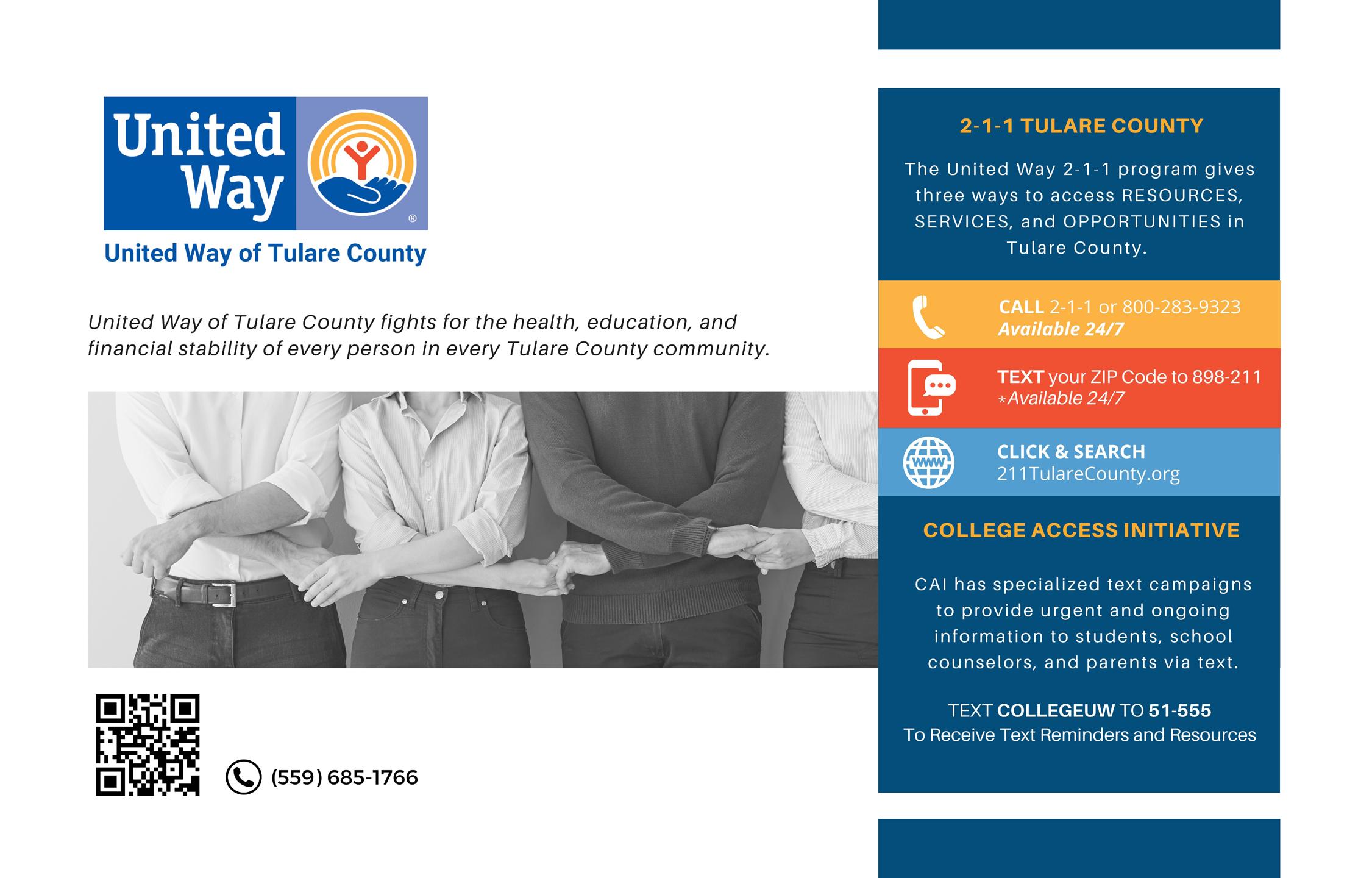
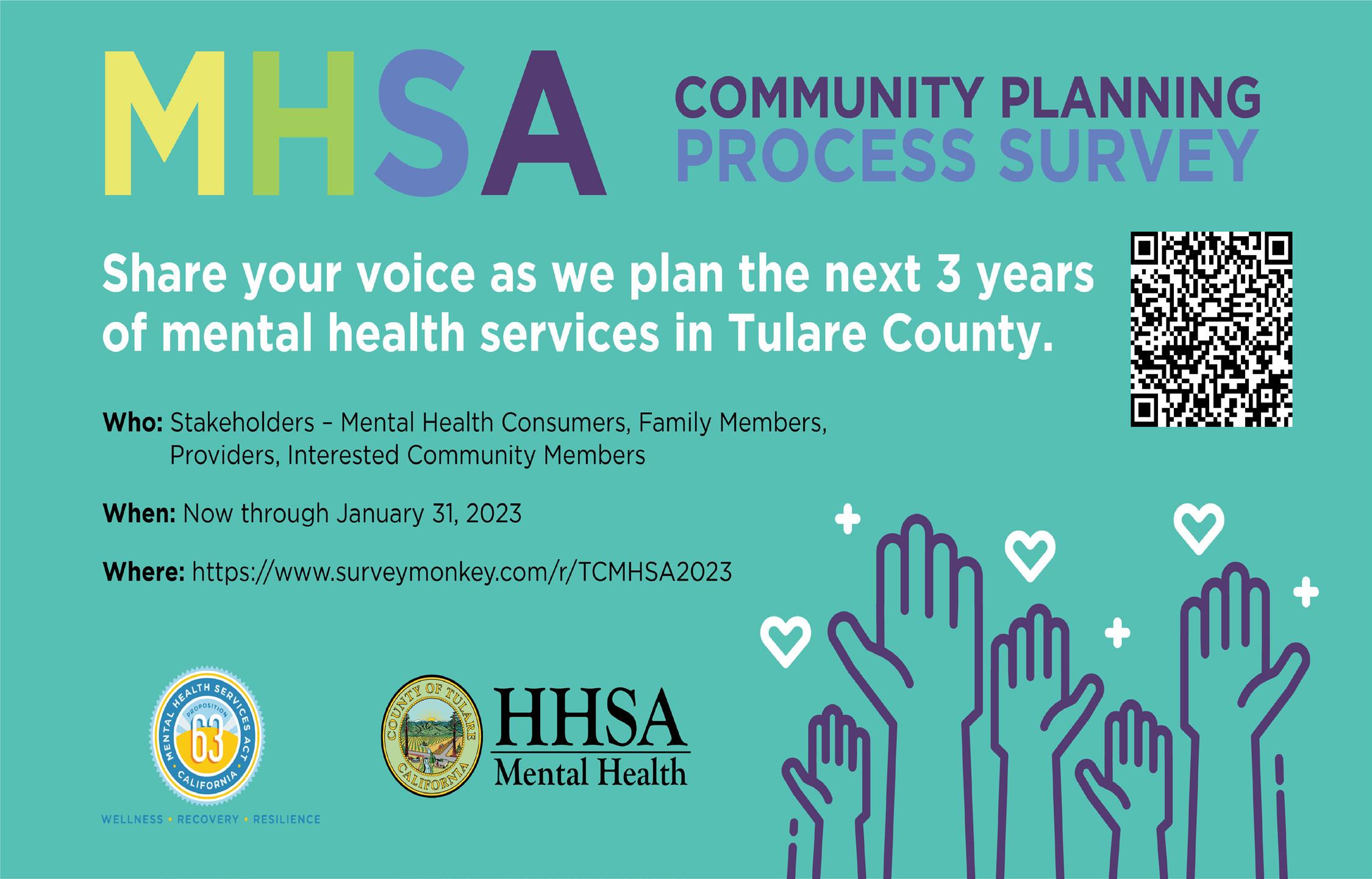

Mental Health awareness month is every May, and has been observed since 1949. The purpose is to raise awareness of mental health, including mental illness and addiction, and erase stigma against mental illnesses. A “toolkit” with a corresponding theme is released every year in March, and can be used to help plan events around mental health awareness
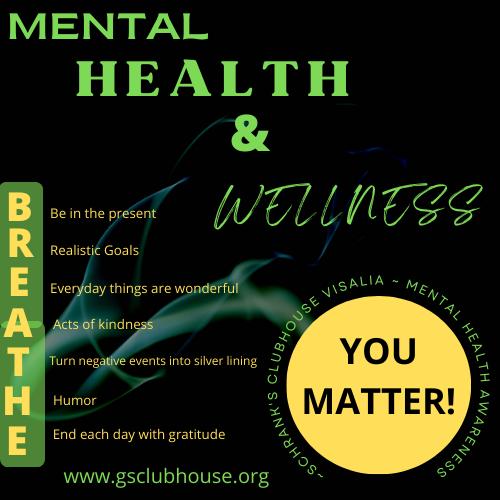

The first full week in May is Maternal Mental Health awareness week, and focuses specifically on the mental health of mothers. Often called the “baby blues” and officially known as postpartum depression, the time after having a baby can be a difficult mental health time for moms. This week aims to raise awareness to mothers and other community members about postpartum mental health, and encourage new mothers to seek help if they are having mental health struggles.
International Day Against Drug Abuse and Illicit Trafficking- June 26, 2023
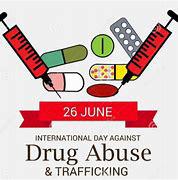
An international holiday created by the United Nations General Assembly, International Day Against Drug Abuse and Illicit Trafficking aims to raise awareness about drug abuse and narcotics trafficking worldwide. Each year the UN publishes the world drug report, which offers facts and figures about world drug use and illicit trafficking, and offers “evidence-based data, and solutions” to combat drug use.
PTSD, or Post Traumatic Stress Disorder, affects about 6 percent of Americans or about 12 million adults every year. Often associated with the experiences of soldiers, this condition affects many more Americans who are victims of trauma. This day aims to raise awareness about the condition and encourages those with PTSD to seek help.


National Women Touched By Addiction Day aims to raise awareness of the unique struggles of women who are facing addiction and who have loved ones who face addiction. The foundation, “encourage[s] women to share a photo on social media where they lift just one finger and share their testimony, or just show their support for an entire community of women who have felt the effects of addiction. [The foundation hopes] this will encourage women to seek help, know that they are not alone, and see the resilience women have.”

National Grief Awareness Day aims to, “create space for loss” as well as engender conversations and awareness about the grieving process. Nearly every person alive has been touched by grief in some way, and awareness about grieving, its effects, and ways to deal with it are the focus of this holiday.
International Overdose Awareness Day- August 31, 2023
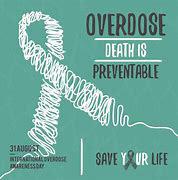
International Overdose Awareness Day offers a pause to think about those who have died due to drug overdoses. It aims to raise awareness about how overdoses happen, how to prevent them, and ease the stigma surrounding drug addiction. Remarkably, overdose is the leading cause of death for Americans 18-45
World Mental Health Day- October 10, 2023
World Mental Health Day, held each October 10th, is a great opportunity to raise awareness in your own community about mental health. Encompassing all of the issues and conditions above, this is a day to both celebrate mental health as well as raise awareness about the challenges still faced in our society surrounding mental health and mental illness.
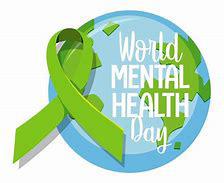
CBT, or cognitive behavioral theory, is a method for understanding our behavior. CBT maps how our thoughts impact our feelings which impact our actions. In other words, our heads, hearts, and hands are all connected! This connection influences not only how we see ourselves and the world around us, but also how we choose to behave.
Students face stressful situations every day. When this happens, their brains and bodies are wired to find quick relief from stress. These strategies can be helpful (breaking a cycle of negative thoughts), or unhelpful (continuing the cycle). Occasionally students get “stuck” in unhelpful loops that bring additional challenges at home and school.
CBT helps those feeling “a little stuck” by teaching them to notice this cycle and interrupt it with learned skills that can improve their thoughts, feelings, and behaviors.
Students learn how their thoughts, feelings, and behaviors are connected. They learn about signs of depression and anxiety (the body’s response to extended periods of stress), and that they are not alone in the way they feel, and that things can get better.
Students can have unhelpful thoughts, and these thoughts can cause unhelpful behaviors. Students learn to “catch” these thoughts and shape them into something more helpful. As they begin to think differently, they feel differently, and behave differently.
Students learn the ways that stress makes their bodies uncomfortable. They also learn skills to focus and relax so that they can start to think in more helpful ways and make helpful choices.
When a body feels stress for long periods of time, a person may not want to do things that they used to enjoy doing like playing or spending time with friends. Students learn skills to be active and social.
Being “stuck” can leave students feeling nervous, or overwhelmed to the point that they may avoid situations that are important (such as completing homework or going to school). Students learn skills that help them do important things even when they feel uncomfortable or scared.
Worried about suicide? Learn the FACTS!
Are you concerned that someone you know may be at risk for suicide? Your first step in helping may be as simple as learning the FACTS or warning signs. The following signs may mean that a youth is at risk for suicide, particularly if that person attempted suicide in the past.
Displaying severe/overwhelming pain or distress.
Showing worrisome behavioral cues or marked changes in behavior, including: withdrawal from friends or changes in social activities; anger or hostility; or changes in sleep.
Talking about, writing about, or making plans for suicide.
Experiencing stressful situations including those that involve loss, change, create personal humiliation, or involve getting into trouble at home, in school or with the law. These kinds of situations can serve as triggers for suicide.
If you notice any of these warning signs, you can help! 1. Express your concern about what you are observing in their behavior
Ask directly about suicide
Encourage them to call the 988 Suicide and Crisis Lifeline (all languages)
Involve an adult they trust
Trails is a team of people who work together to synthesize a broad range of expertise, including clinical mental health, technology, and implementation science.
Alongside the TRAILS team, hundreds of people are working every day to deliver programming to mental health providers who serve as Coaches, funders,
legistlator, and youth advocates who help forge new pathways to growth.
TRAILS is paving the way for solutions to the youth mental health crisis.

TRAILS is a team of compassionate, driven, and committed to students and schools.
CHECK-IN AND WARM-UP / PSYCHOEDUCATION: FEELINGS Check-In Sheet
Name Date
Help is available 24 hours/day, 7 days/week
Call
Visit
988 Suicide and Crisis Lifeline (All languages/todos idiomas) 988 is the new three-digit dialing code where compassionate support is accessible for those experiencing mental health-related crises—including thoughts of suicide or a substance use crisis.
National Suicide Prevention Lifeline suicidepreventionlifeline.org/chat/ Your Life Your Voice yourlifeyourvoice.org
Your Life Your Voice Text VOICE to 20121
Crisis Text Line Text GO to 741741
National Suicide Prevention Lifeline suicidepreventionlifeline.org/ You Matter youmatter.suicidepreventionlifeline.org/
Society for the Prevention of Teen Suicide sptsusa.org/teens/
Virtual Hope Box (iPhone or Android)
My Life My Voice Mood Journal (iPhone or Android) Calm (May have in-app purchases)
© Copyright 2013 The Regents of the University of Michigan. All Rights Reserved.
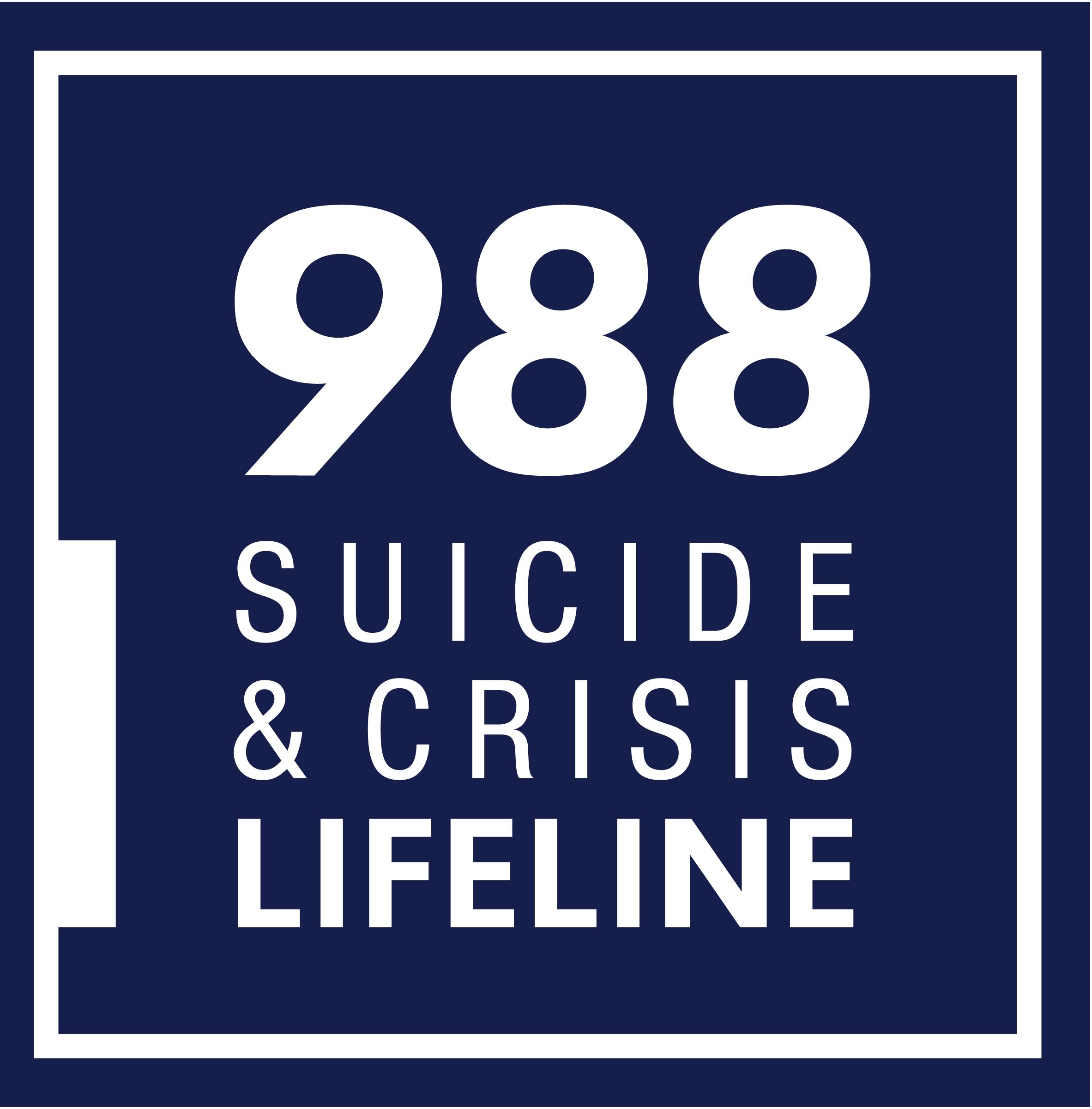

Peer support workers—also known as peers— are individuals with lived experience who have sustained recovery from a mental or substance use disorder, or both.1 They assist others entering or in recovery with reducing the recurrence of symptoms, more commonly known as relapse.2-4 Peers model recovery, promote shared understanding, focus on strengths, offer positive coping strategies, and provide information and resources.1
Peers may engage in a range of non-clinical activities to support individuals or families of individuals in or seeking recovery from a substance use disorder, mental illness, or both. Activities may include mentoring, advocating for people in recovery, leading recovery groups, and building relationships.1 These activities supplement other services an individual may receive. The role of the peer is unique in that it is based on the concept of mutuality—or sharing similar experiences. Peers offer a nonhierarchical relationship that differs from individuals’ relationships with clinicians. Peers enhance the work of an individual’s clinical care team and support them and their families as they navigate recovery.2, 4
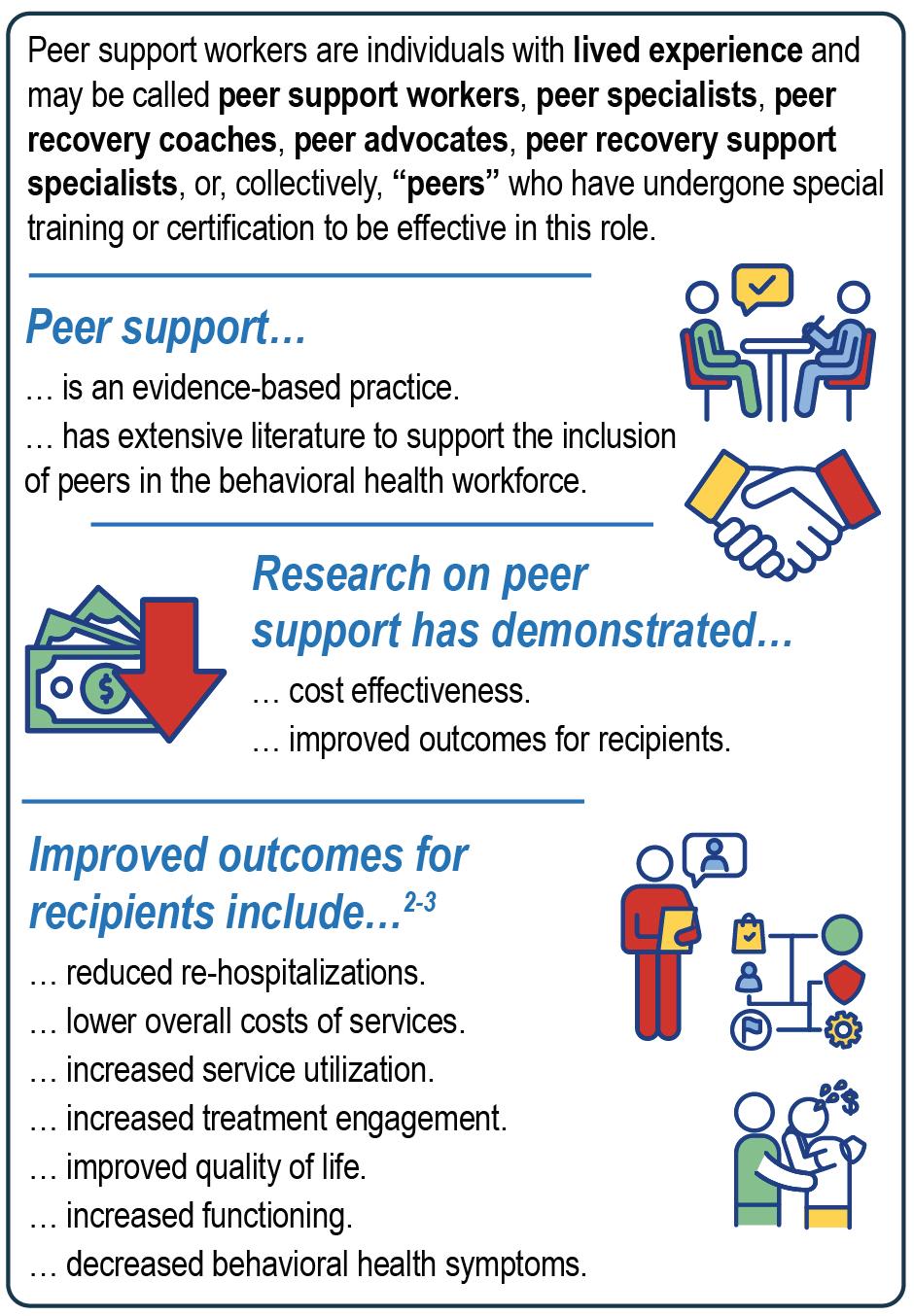
● Peer support services are an integral component of the behavioral health continuum of care—from prevention and early intervention to treatment, recovery, and crisis services.
● Crisis care provides services to anyone, anywhere, at any time. Three essential elements comprise crisis care: crisis phone lines, mobile crisis teams, and crisis receiving and stabilization facilities.
● There are several benefits to including peers in crisis care, including strengthening engagement in treatment and improving outcomes for individuals experiencing a crisis who receive these services.
● Peers working in crisis service care settings provide opportunities for individuals in crisis to talk with someone who has similar experiences, embodies recovery, and can offer messages of encouragement and hope.
● Peers may experience challenges related to role integrity, stigma from co-workers, and sustainable employment. They also face challenges unique to providing crisis care, including the complexity of managing crisis situations and, often, a lack of specialized crisis training.
Behavioral health:5 A key part of a person’s overall health, which includes emotional, psychological, and social well-being, and that is just as important as physical health.
Conditions that may impact behavioral health include mental illnesses, substance use disorders, and co-occurring mental and substance use disorders.
Behavioral health continuum of care:6 An integrated system of care with varying levels of service intensity and settings in response to an individual’s behavioral health needs.
Crisis care:7 A range of services for individuals experiencing an acute mental and/or substance use disorder crisis.
Crisis respite:7 Short-term, residential facilities that offer a restful, step-down environment with supports for individuals experiencing a crisis.
Lived experience:2 Personal knowledge gained through direct, first-hand involvement
Mutuality:2 A positive, interactive relationship between people based on shared lived experience.
Peer drift:8 When the role of the peer support worker begins to deviate from the practices that distinguish peer support workers from clinical providers or other recovery supports.
Peer support services:2 Peer support services encompass a range of activities and interactions between people who share similar experiences of being diagnosed with mental health conditions, substance use disorders, or both.
Peer support workers:1 People who have been successful in the recovery process who help others experiencing similar situations. Through shared understanding, respect, and mutual empowerment, peer support workers help people enter and stay engaged in the recovery process and reduce the likelihood of relapse. Peer support workers are trained as recovery coaches or peer specialists and may include family peer supporters.
Recovery:9 A process of change through which people improve their health and wellness, live self-directed lives, and strive to reach their full potential. The four dimensions that support recovery are health, housing, purpose, and community.
Recovery capital:10 The internal and external resources that are available to individuals to initiate and sustain recovery from mental and/or substance use disorders.
Recovery support services:9 A range of non-clinical support services designed to help people with mental and substance use disorders manage their conditions successfully.
Recurrence of symptoms:11 A phase of recovery where a person’s symptoms have returned and their functioning has decreased. This may be more commonly referred to as “relapse.”
Strengths-based:12 An approach to assessment and care that emphasizes the strengths of the individual.
Trauma-informed:13 Services or care based on the knowledge and understanding of trauma and its far-reaching implications.
Warm line:7 A phone line individuals can call to receive services that are less intensive than what one would receive when calling a hot line, like opportunities for talking, support, and referrals to other services.
Peers may be paid or unpaid and work in a range of settings. These settings include peer-run organizations; behavioral health centers; certified community behavioral health clinics; inpatient, residential, and outpatient programs; primary care; criminal justice settings; homeless shelters; child welfare agencies; educational settings; and emergency departments.2, 14
Recovery from a mental and/or substance use disorder—common conditions that affect behavioral health—is a process of change. The recovery process varies by person, based on social and contextual factors specific to the individual15-16 as well as where the individual is on the behavioral health continuum of care (Figure 1). The continuum of care encompasses a full range of services. It can support the needs of an individual with a mental and/or substance use disorder with preventive and early intervention care, recovery support services, crisis care, and more intensive outpatient or inpatient treatment, if needed. With effective recovery support, individuals work with peers, clinicians, and others to identify the services that can help to achieve and maintain their own recovery.
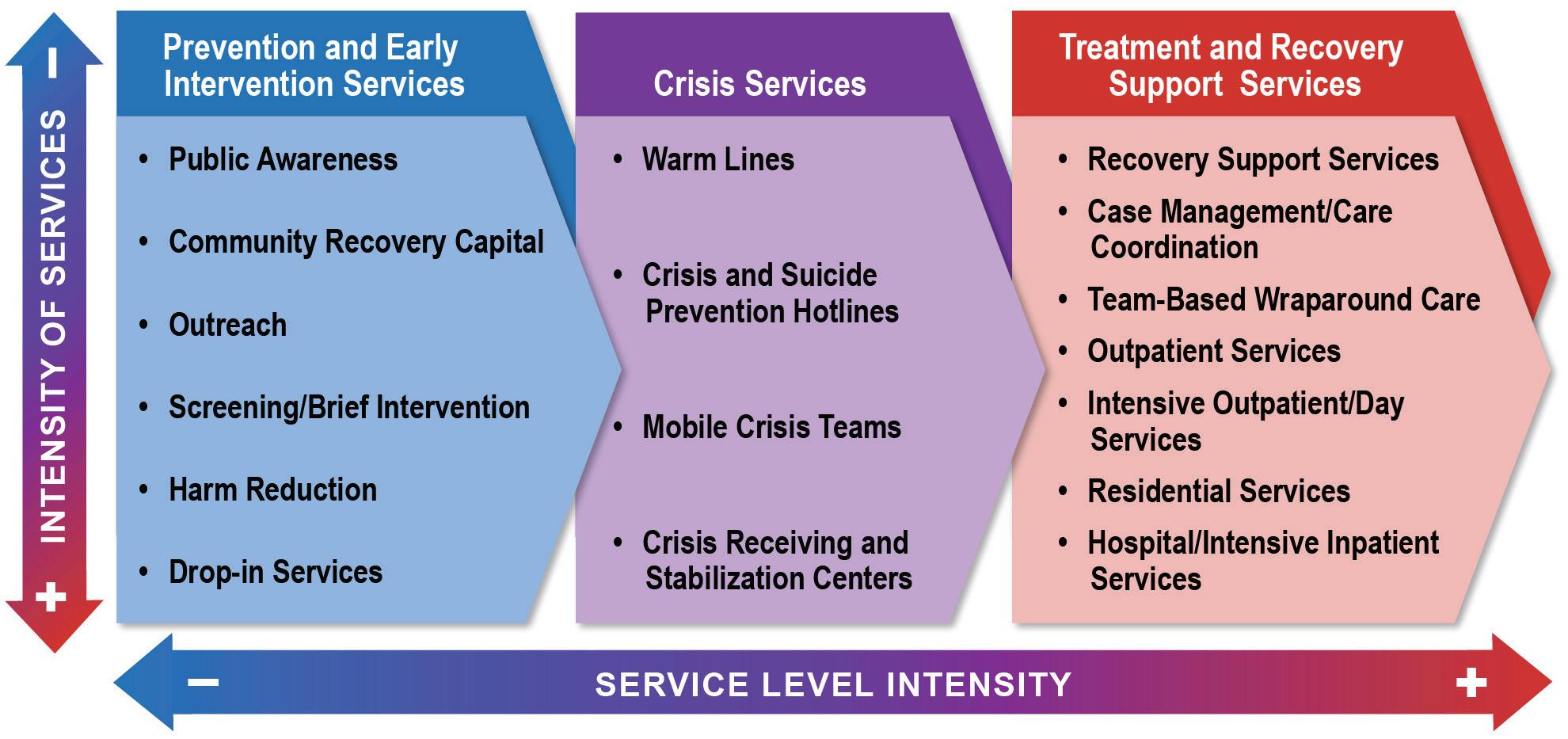
Individuals may receive peer support services along the full continuum of care through a variety of roles and service models. These models, as well as the roles and responsibilities of peers within them, vary depending on the organization and setting. The three broad organizational structures that typically deliver peer support services include:
● Peer-run organizations may also be referred to as freestanding organizations and are operated and staffed by peers; these include drop-in centers and recovery community organizations.
● Integrated organizations may also be referred to as embedded organizations and are traditional behavioral healthcare systems that offer a range of services, including counseling, and hire peer support workers.
● Hybrid structures offer a combination of the previous two and are organizations that contract with a peer-run organization for peer support services.
Some medical settings (e.g., primary care and emergency departments), human services, and other programs and settings (e.g., housing programs, mental health and/or drug courts, school systems, and faith-based organizations) may also provide peer support services.

• Black Women are the fastest growing group of entrepreneurs according to JP Morgan, Black women own nearly 2.7 million businesses across the United States.
• Despite the impressive numbers, and the undeniable impact, research shows that Black women are generally underfunded when it comes to getting resources for their businesses.
• According to JP Morgan, 61% of Black women self-fund their startup capital, because of a lack of access to capital. The rejection rate is three times higher than that of white business owners.
• “Black Women are positioned to play an increasingly visible and important role in the future like never before.” Ernest. “To elevate their voice and their careers, and to achieve the American Dream of social and economic equality, we believe that entrepreneurship is key and that we must play our part in targeted efforts that enable Black women entrepreneurs to grow and sustain their businesses.
• TikTok has given black women a platform to expand. Hashtag #blackgirlfollowtrain is bringing black women together from all over the world to follow each other and to support each other in their efforts to become known and successful. Totally Trending!!!

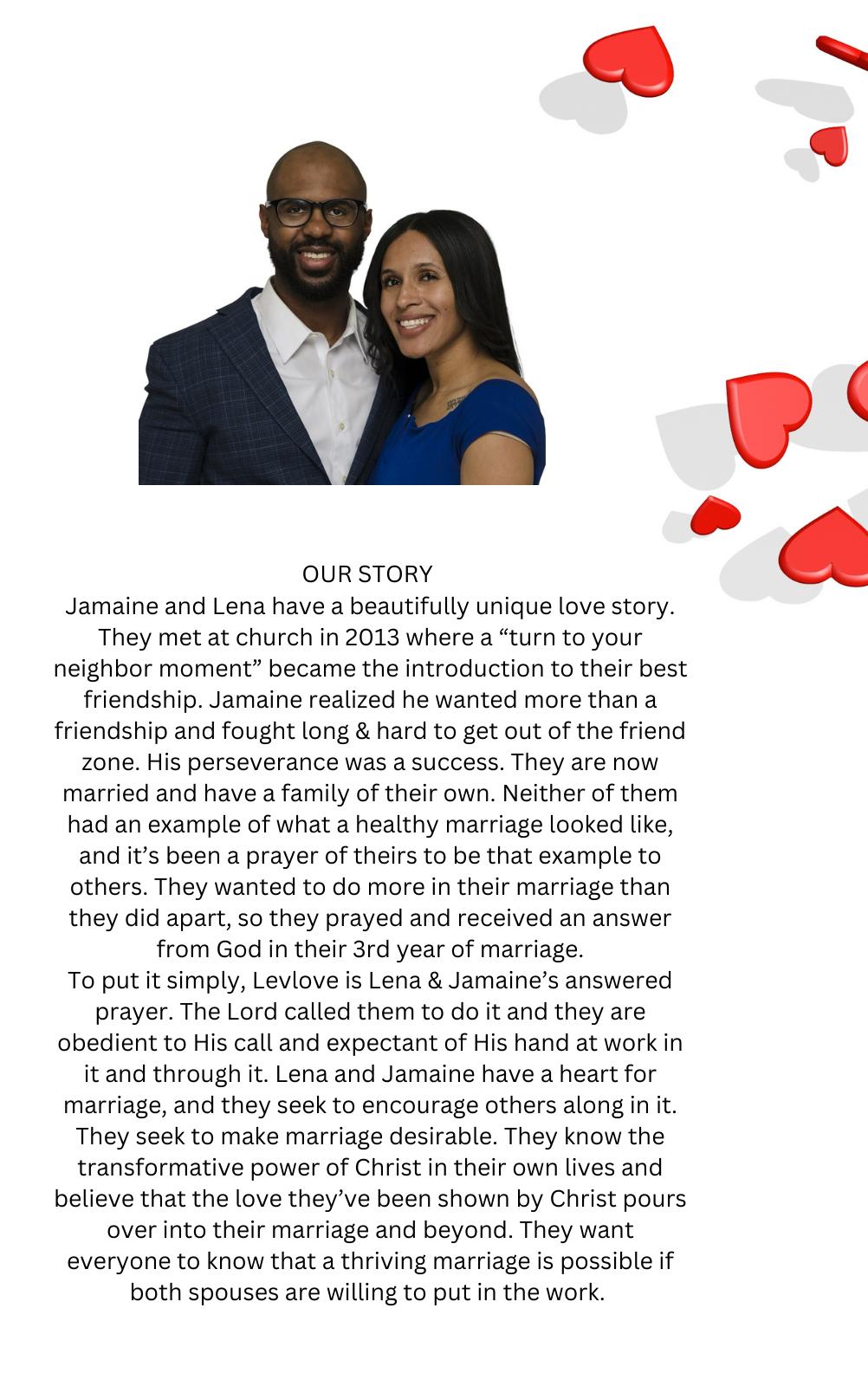
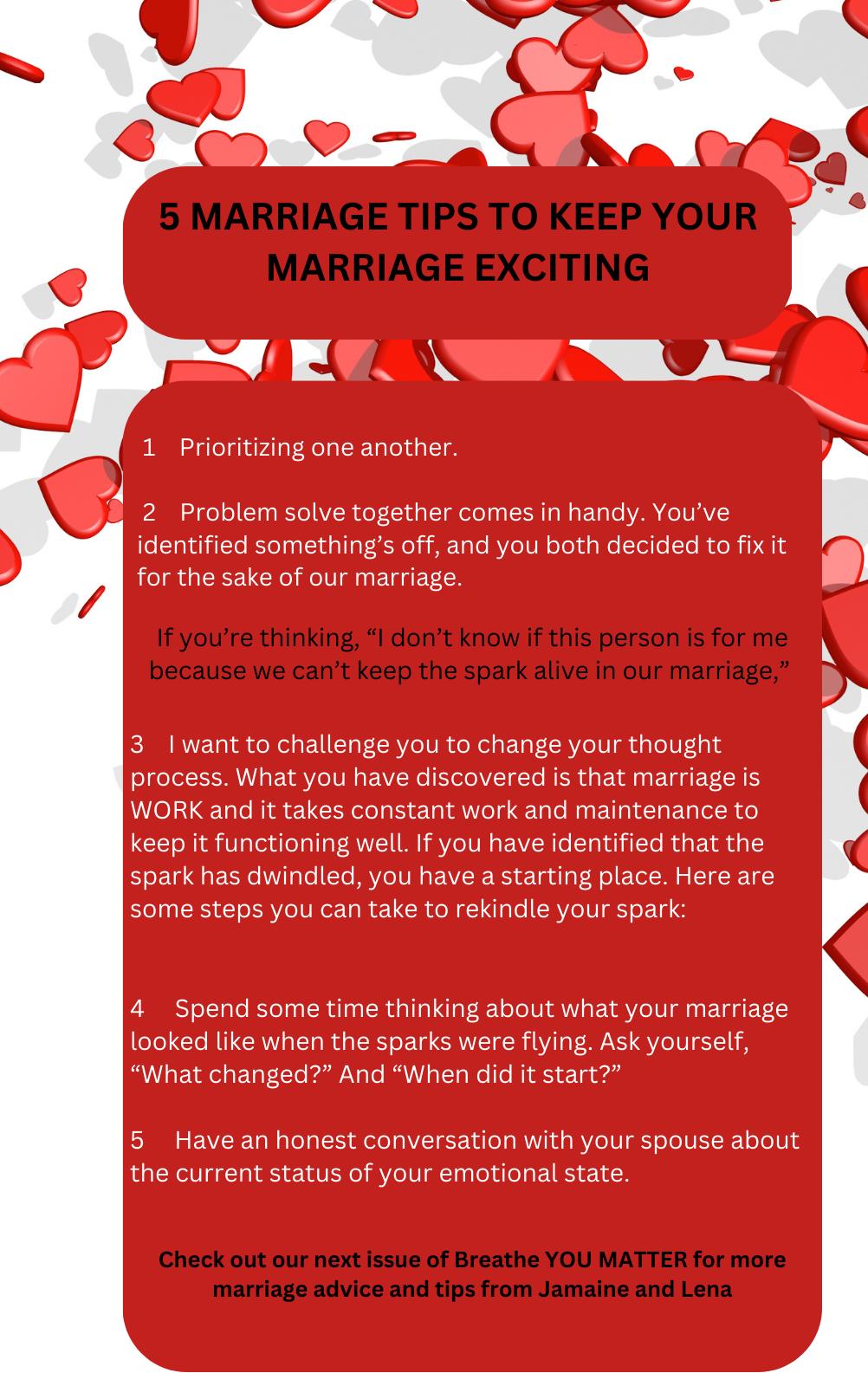


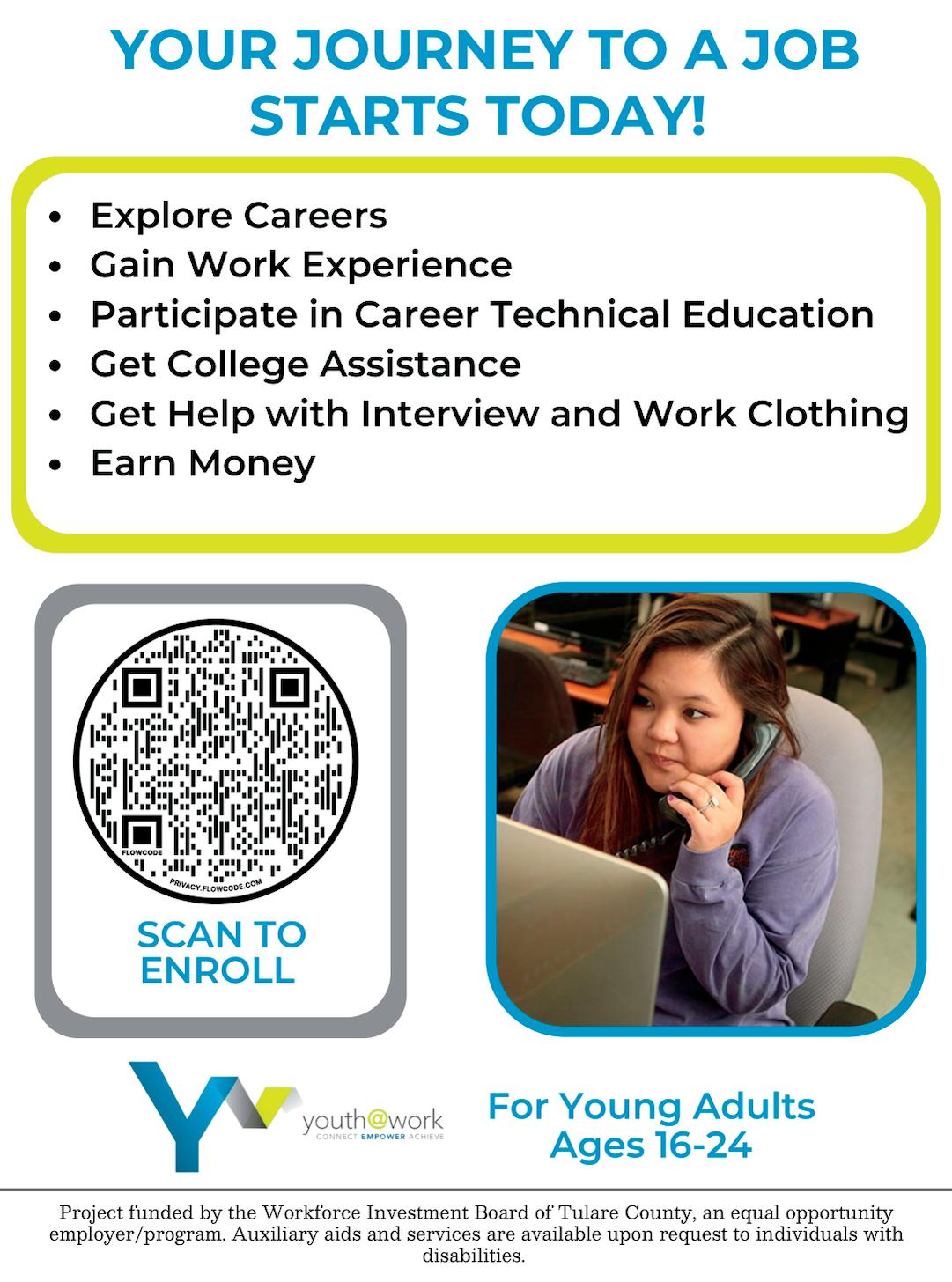
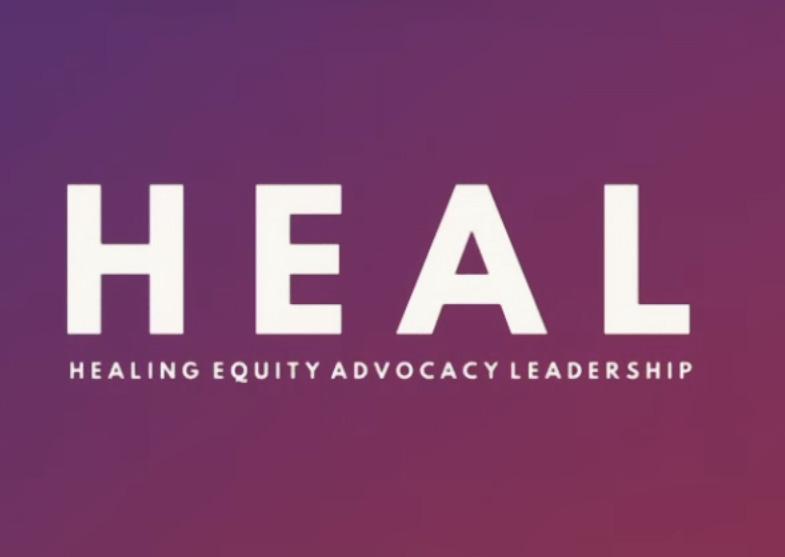


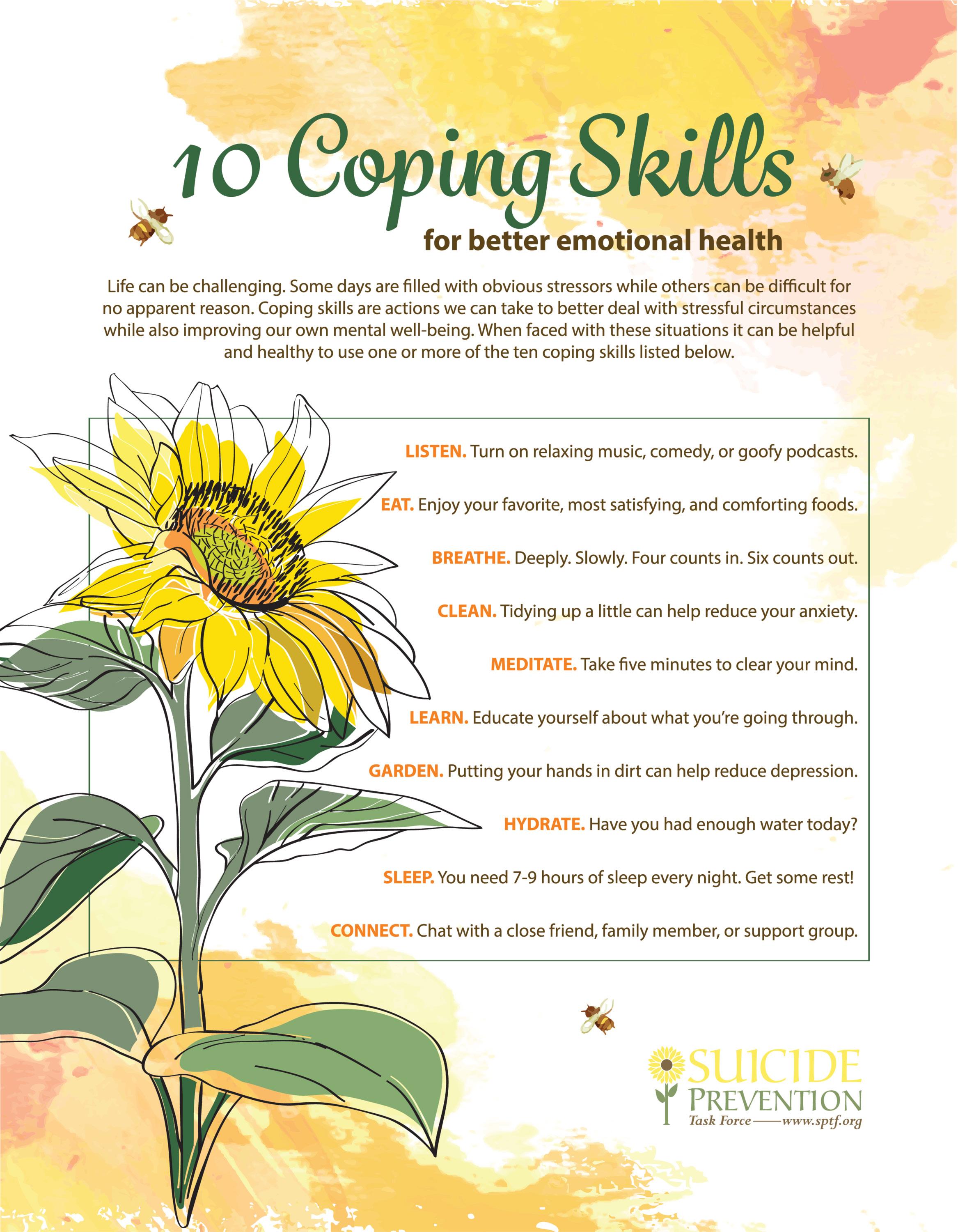
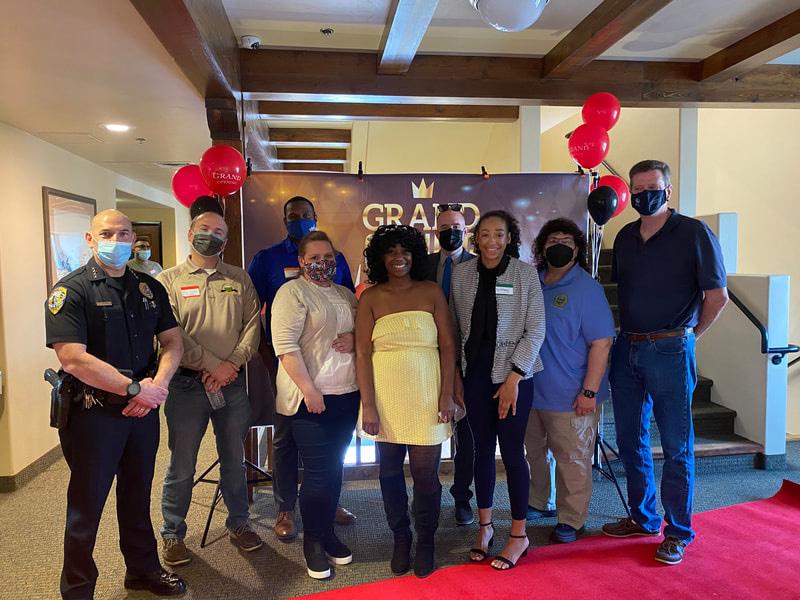
1. Come to the realization that we all need each other. Every aspect of our community, city, county, state, and country effects us all. We may not see it right away in our daily lives, but it eventually shows up and pisses everyone off.
Let’s all come together for a common purpose.
What is that purpose? Some would say, “Peace”, others would say, “In good fortune, equality,” but most importantly our purpose should be, To Love and treat others the way that we would want to be treated. We all know the Golden Rule. Imagine a community that actually lives, moves, and breathes in a way that everyone participates and everyone has what they need. The key term there is PARTICIPATE. It is going to take everyone to work together to solve and create a community connections that are filled with love, value, and respect for each other and for ourselves.
Our country has a lot of healing to do for so many reasons. It seems impossible to think about all the problems we either see or read about daily. The best part about being alive is that we get the opportunity to use each day to make our circle of influence and our lives better. When everyone is on the same page to do that, things start to change and they start to change fast.
This is something that Schrank’s Clubhouse, a little grassroots nonprofit that started with people who were struggling with life came together to heal; treat each other with love, value, and respect, and encouraged participation in using their passions and gifts to help others. The results included:
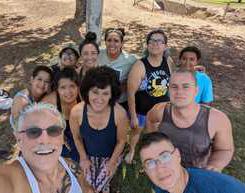
People who were once homeless, in and out of mental hospital, and separated from their immediate family being healed, leading peer support groups, working, living in a home independently, paying their own bills, and continuing to help those in the community do the same.
Schrank’s Clubhouse has seen people who have been incarcerated and isolated from the mental programming
of being down and out their entire lives work to heal, learn, encourage, and becoming a mentor for youth who struggled frome similar life situations.
Schrank’s Clubhouse touched the lives of over 550 people living in Tulare County in 2022.
need, and how you can participate in coming together to help solve the problems that you face and that the community face.
Make it official: Sign up to participate. www. gsclubhouse.org
Schrank’s Clubhouse is gathering a list of people, organizations, businesses, churches, etc. to create this COMMUNITY CONNECTION, find out the needs, what people and businesses have to offer to create this shared responsiblity, and to start working together towards CHANGE ONCE AND FOR ALL!
Why is this COMMUNITY CONNECTION needed to accomplish this goal?
• Besides the fact that we have so many homeless people living on the streets; we also have mental health and substance abuse cases rising, suicide rates are rising, and people can’t afford the basic necessities of living. Food, gas, health care, and education are seeing increased costs.
There are many organizations in Tulare County such as Visalia Wellness Center, The Source, Heal Project, His Presence Ministry, New Life Community Church, Suicide Prevention Task Force, Kings Tulare Homeless Alliance, African American Advisory Council, and others who are also working very hard to help provide healing, love, value, and respect to everyone in the community regardless of their situation. Many organization don’t have the funding to do what they do, but they keep doing it anyway because it is for the benefit of all.
• Our local and state government are on different pages and they all have their own agendas. The city and county meetings don’t have good attendance at their regular meetings so the majority of the
“When you do good, we all do good. When you do bad, we are all doing bad. We are all connected to the same community, city, county, state, country, and world.
Now that we see that it can be done; what do we need to do next? It’s going to take time, but our first and main step is to commit to:
2. Connect the Community Once and For ALL!
There are many opportunities coming up in Tulare County to give you the opportunity to share your voice and let the community know who you are, what you

community has no idea what’s going on until it’s too late to make a difference. It is crucial for our community members to participate in some of these meeting to know what’s going on and to share your voice because it’s an important part of the process.

•
Last but certainly not least; Resources are not being used in the best way possible. People are duplicating programs while others are falling through the cracks. We need to know what programs are available, what programs are successful, what programs are not successful, promote and fund the successful programs, fix the programs with problems, and create new programs that are needed in the community that we don’t currently have. This gives us the ability to focus on the positive aspects of what we do best and come together to grow what is needed.
3. The third thing to do is to start connecting and participating.
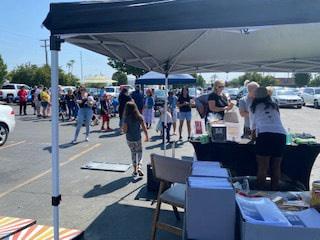
• Find out the date and time of your City Council Meetings and attend if you can. If you can’t attend go to the city’s website to read the meeting minutes to see if there is something that sparks your interest that you can help or to share your concern.
• Do the same for County Supervisor Meetings, School Board Meetings, Hospital Meetings, etc.

• If you have a need, passion or concern, start finding out what resources are available and ask them to join our Community Connection Movement so that we can make sure the community knows who they are, what they have to offer, and what help they need. As we collect information, we may come across resources that will help each organization and program grow and become better for the community.
There is a mindset shift that we all have to practice.
“It Takes a Community, We are the Community!”
Breathe YOU MATTER Magazine is committed to being a place where voices can be heard, resources can be shared, and everyone can participate in this COMMUNITY CONNECTION MOVEMENT. Each issue will have a COMMUNITY CONNECTION article about what we are doing, community updates, and calls to action. If you have something to share or a want to place a ad, please contact Gwen Schrank at gwen@ schranksclubhouse.org.
Let’s Do This! The future for our kids depends on it!

People with mental illness deserve help, not handcu s. Yet people with mental illness are overrepresented in our nation’s jails and prisons. We need to reduce criminal justice system involvement and increase investments in mental health care.
2 in 5
About people who are incarcerated have a history of mental illness (37% in state and federal prisons and 44% held in local jails).
66%
of women in prison reported having a history of mental illness, almost twice the percentage of men in prison.
1 in 4 Nearly people shot and killed by police o cers between 2015–2020 had a mental health condition.
Suicide is the leading cause of death for people held in local jails.
YOUTH
70% of youth in the juvenile justice system have a diagnosable mental health condition. to su er from psychosis than youth in the community.
more likely Youth in detention are
50,000 veterans About are held in local jails — 55% report experiencing mental illness.
VETERANS PEOPLE OF COLOR
Among incarcerated people with a mental health condition, non-white individuals are more likely to be held in solitary confinement, be injured and stay longer in jail.
An estimated with serious mental illness are held in solitary confinement inside U.S. prisons.
4,000 people
3 in 5 people About (63%) with a history of mental illness do not receive mental health treatment while incarcerated in state and federal prisons.
Less than half of people with a history of mental illness receive mental health treatment while held in local jails.
People who have health care coverage upon release from incarceration are more likely to engage in services that reduce recidivism.

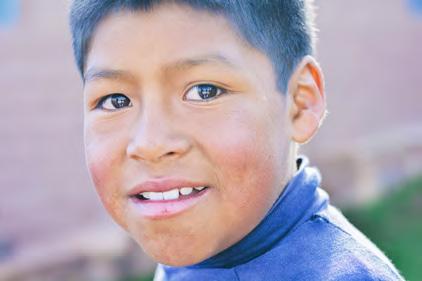
In this tip sheet, we respectfully use the term “Native Americans” to describe the hundreds of federally recognized tribes, tribal reservations, pueblos, and federally recognized Alaska Native villages throughout the United States. It is important to note that Native American tribes are sovereign nations— they have the right to self-govern—and have a unique political status based on the nation-to-nation relationship of tribes to the U.S. government.¹ Know that all tribes are unique, with highly individual cultures, governance, and belief systems. Find out the best way to offer response assistance for the tribe with which you are working.
Responding to a disaster or traumatic event in Indian Country provides response workers with multifaceted challenges and opportunities that must be addressed to ensure tribal recovery and resilience. Every tribe has unique attributes, values, and resources available that can
of disasters and support the development of healthy coping and recovery skills. It is vital that disaster responders make an effort to respect cultural values, understand historical trauma, and emphasize community strengths while supporting response efforts in Indian Country.
It is important to pay attention to how members of the local tribal community refer to disasters and other traumatic events and use the same words and phrases they use. It is also important to remember that each Native American tribe is a sovereign nation with a unique history and political status. This tip sheet can help disaster behavioral health responders like you and your colleagues learn about working with Native Americans before, during, and after a disaster or traumatic event.
While every tribe, reservation, pueblo, rancheria and federally recognized Alaska Native village is unique, several general cultural values are shared by large numbers of Native American communities and can benefit both individual and community recovery and resilience:
Importance is placed on harmony with the environment.2
Each person is seen as part of a larger system.3
Elders and other community leaders are respected for their knowledge and wisdom.4
Children are the future and are to be protected and supported.
Helping others is more important than helping yourself. A community approach to healing is emphasized in most cases.
Prayer and traditions are important facets of life, are sacred, and must be protected.
When responding to a traumatic event, such as a natural or human-caused disaster, in Indian Country, it is important not only to tailor the response efforts to address the event based on resources available to the tribe, but also to understand the impact of historical trauma experienced by Native Americans.5 Historical

trauma is the cumulative, multigenerational, collective experience of emotional and psychological injury in communities and their descendants.6,7 Among Native Americans, historical trauma may be due to forced relocation and assimilation, removal from homelands, massacres, and abduction and abuse of children at residential boarding schools.8,9 This type of trauma can complicate individual and community recovery. However, many tribes have developed historical resilience in response to trauma through the development of reinforced community ties and faith-based practices, which can be influential when supporting recovery from a traumatic event.
Again, keeping in mind that every tribe is different, there are certain types of traumatic events that are likely to occur in Indian Country, including the following:
A single event (a disaster, vehicular accident, suicide of a loved one)
Cumulative effects of repeated events (high rates of and exposure to violence, such as domestic violence and community violence)10
Youth suicides and multiple suicides11
Violent deaths (homicide, suicide, unintentional injuries) and accidents
After surviving a disaster or traumatic event, people may feel dazed or even numb. They may also feel sad, helpless, or anxious. It is important to make people aware of common emotional reactions to trauma or disaster. It is not unusual for tribal members, or any people who have gone through trauma, to experience bad memories or dreams and trouble sleeping, eating, or paying attention. People may have complex feelings of relief about survival as well as guilt. They may use humor as a coping mechanism. Also, it is not unusual for people to withdraw socially or relapse into alcohol or drug misuse if that was an issue prior to the traumatic event. These are all common and expected reactions to stress among adults and adolescents alike.12 Communities may also experience collective reactions to stress, such as feelings of hostility, disillusionment, or
isolation.13 These common reactions can often be managed through local and tribal-specific community engagement efforts led by tribal leaders, elders, or elected tribal officials.
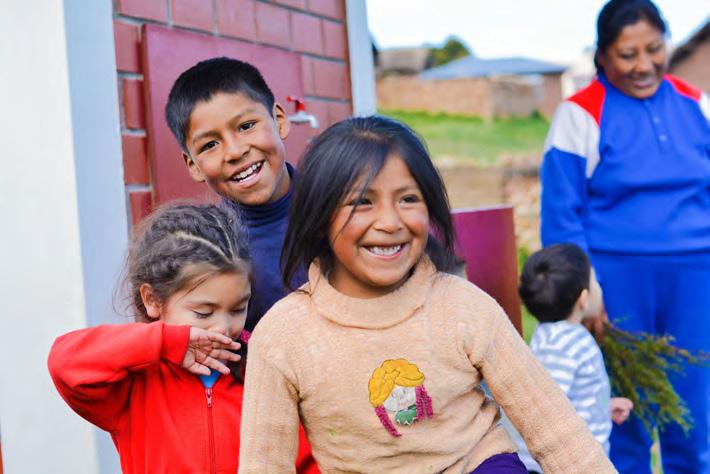
When working in Indian Country after a traumatic event, it is important to remember that Native American tribal nations have a long history of being told what they “should” do and that they need to change their ways.14 Such direction is unwelcome because of past history with some non-Native people who imposed their ways upon the tribe or even betrayed them in significant ways.15 In the spirit of preparedness, you can offer your best in disaster response and recovery by developing relationships, building partnerships, and getting to know trusted tribal liaisons such as a tribal emergency manager. Remember, you are a guest in a sovereign nation, so by showing respect and working with a tribal liaison, you will increase your professional credibility. Community members place more value on who you are and how you develop relationships than on your degrees or professional qualifications. Connecting as a person is critical to success. Get to know their history—both traumatic and otherwise—so that when a disaster occurs, you are more likely to be seen as a resource and can work effectively with disaster survivors. While you may not always agree with or understand the beliefs and customs of the tribe you are working with, it is critical to be respectful of their choices, culture, and values. You should also work to understand the tribal infrastructure so that during a time of crisis you know what is available and what might be needed.
Feeling very sad or withdrawn for more than two weeks
Seriously trying to harm or kill oneself or making plans to do so
Severe out-of-control, risk-taking behaviors
Sudden overwhelming fear for no reason
Not eating, throwing up or using laxatives to lose weight; significant weight loss or weight gain
Seeing hearing or believing things that are not real
Repeatedly using drugs or alcohol
Drastic changes in mood, behavior, personality or sleeping habits
Extreme difficulty in concentrating or staying still
Intense worries or fears that get in the way of daily activities

“Tell me more about what’s happening. Maybe if I understand better, we can find a solution together.”
“I really want to help, what can I do to help you right now?”
“It worries me to hear you talking like this. Let’s talk to someone about it.”
“I’ve noticed you’re [sleeping more, eating less, etc.], I’m here if you need to talk.”
“Would you like me to go with you to a support group or a meeting?”
“Let’s sit down together and look for places to get help. I can go with you too.”
Be a Friend
Avoid saying things like “you’ll get over it,” “toughen up” or “you’re fine”
Learn more about mental health conditions
Tell your friend it gets better; help and support are out there
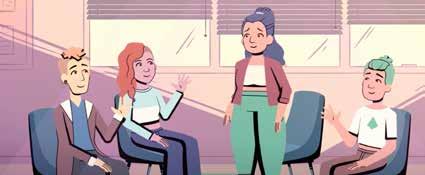


The words you use matter. You can break down negative stereotypes and give people hope by choosing words that are more relatable and promote understanding. This simple but caring approach may help people feel more comfortable and willing to talk openly about mental health and to reach out for support early.
Mental health condition
The weather is unpredictable
My daughter has schizophrenia
Person with a mental health condition
Lives with, has or experiences
The weather is bipolar
My daughter is schizophrenic
Suffers from, afflicted with or mentally ill
When talking about suicide, consider other meanings your words may have. For example, “committed suicide” implies that suicide is a crime. You can help eliminate the misunderstanding and stigma that pre vent people from speaking up and getting support by choosing words that are clearer and more neutral
An estimated 50 percent of behavioral health providers report feeling overburdened due to high levels of stress, low salaries, perceived lack of career advancement opportunities, and increased caseloads.1, 2
The World Health Organization defines burnout as an occupational phenomenon “conceptualized as resulting from chronic workplace stress that has not been successfully managed.”3 Burnout is typically characterized by three dimensions (see graphic).

The guide focuses on organization-level interventions to prevent and reduce burnout among behavioral health staff, as evidence indicates that organization-level interventions are more effective at reducing burnout and related outcomes (e.g., job satisfaction, intent to leave, perceived supervisor support) than individual-level interventions. The guide includes both the evidence of the impact of the interventions and strategies to support implementation. The guide is intended for behavioral health providers, staff, administrators, and organizational decision- and policy-makers to support the implementation of strategies to address burnout among behavioral health staff.
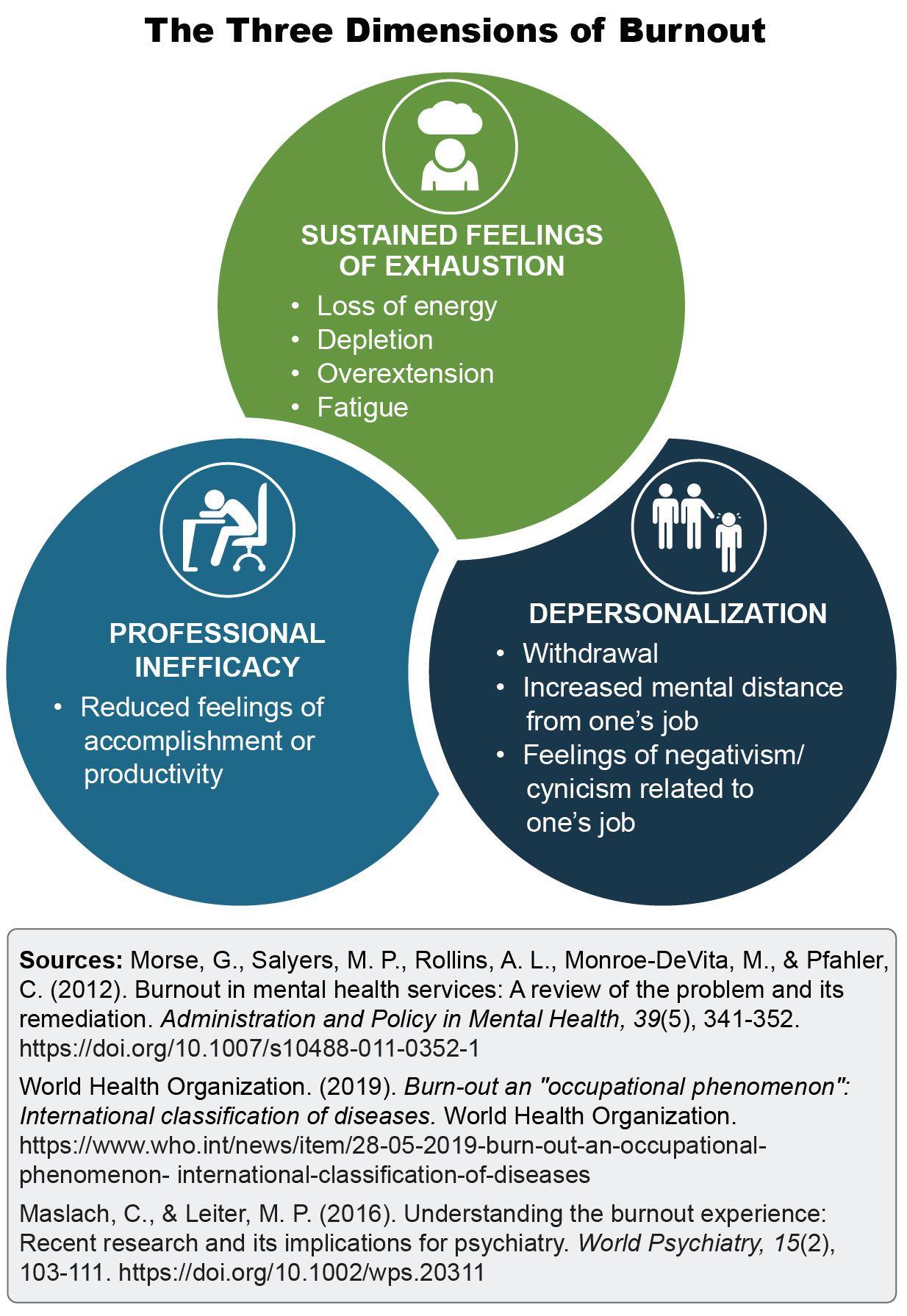
A systematic review of the literature identified five organization-level interventions with a statistically significant impact on burnout. While each multicomponent intervention was unique to the specific organization, the following program commonalities contributed to their success:
• Team-based: All used a team-based approach to identify the factors contributing to burnout, and then to develop and implement strategies to address these factors.
This overview provides a summary of the Evidence-Based Resource Guide titled, Addressing Burnout in the Behavioral Health Workforce through Organizational Strategies (SAMHSA Publication No. PEP22-06-02-005). The complete guide is available on the SAMHSA Store: https:// store.samhsa.gov/sites/default/files/SAMHSA Digital Download/ PEP22-06-02-005.pdf• Data driven: These interventions began with a needs assessment or a similar process for collecting input from employees on work conditions and factors affecting well-being. A multidisciplinary team then reviewed the data and developed recommendations for interventions.
• Organization specific: Each intervention varied due to organizational characteristics and the unique concerns of employees.
• Well supported: Organizations implemented these interventions over a period of at least 12 months and institutionalized the interventions to sustain positive outcomes related to reducing employee burnout.
The guide provides guidance for how to implement organization-level strategies to address burnout, including guidance on planning, implementation and sustainability. It includes specific considerations across the six organizational factors of workload; control; reward, promotion and career development; community; fairness; and values. The guide includes three real-life case examples of programs that organizations have implemented to reduce burnout, including CopeColumbia at the Columbia University Irving Medical Center; the Clinician Health and Well-Being Program at University of California Davis Health; and need-based initiatives from Mental Health America of Northern Kentucky and Southwest Ohio.

This guide uniquely contributes to available resources by focusing on organization-level interventions to address burnout among behavioral health staff. While many interventions target the individual-level, such as through mindfulness or stress management interventions, this guide focuses on organization-level interventions that are more likely to impact the workplace climate and culture to create a better workplace. While the guide is focused on behavioral health workers, burnout may affect all health workers; many of the strategies discussed may extend to other healthcare staff and organizations.
1 Kelly, R. J., & Hearld, L. R. (2020). Burnout and leadership style in behavioral health care: A literature review. The Journal of Behavioral Health Services and Research, 47(4), 581-600. https://doi.org/10.1007/s11414-019-09679-z
2 Green, A. E., Albanese, B. J., Shapiro, N. M., & Aarons, G. A. (2014). The roles of individual and organizational factors in burnout among community-based mental health service providers. Psychological Services, 11(1), 41-49. https://doi.org/10.1037/a0035299
3 World Health Organization. (2019). Burn-out an “occupational phenomenon”: International classification of diseases. World Health Organization. https://www.who.int/news/item/28-05-2019-burn-out-an-occupational-phenomenon-internationalclassification-of-diseases
SAMHSA’s mission is to reduce the impact of substance use and mental illness on America’s communities. 1-877-SAMHSA -7 (1-877-726-4727) 1-800-487-4889 (TDD) www.samhsa.gov
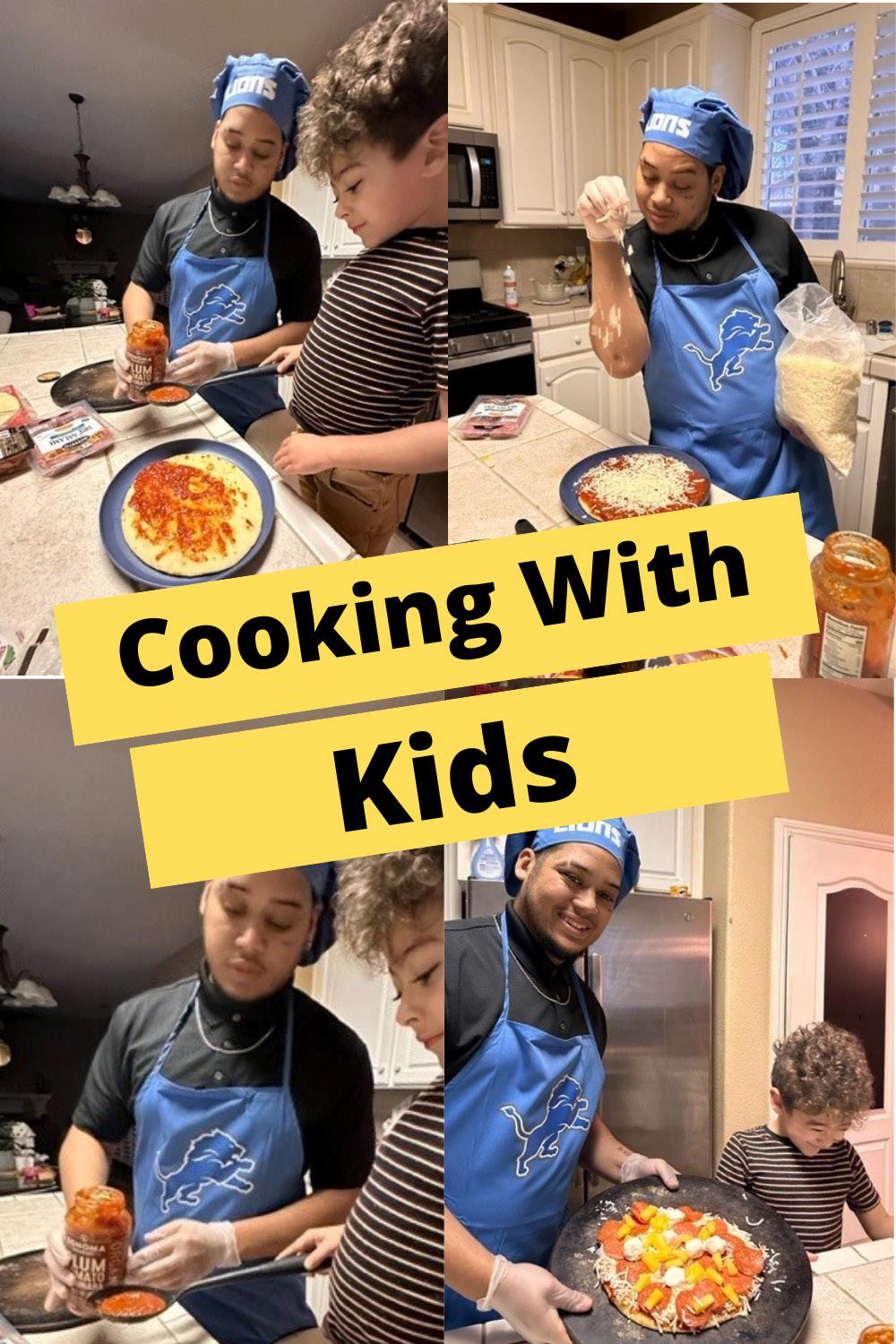
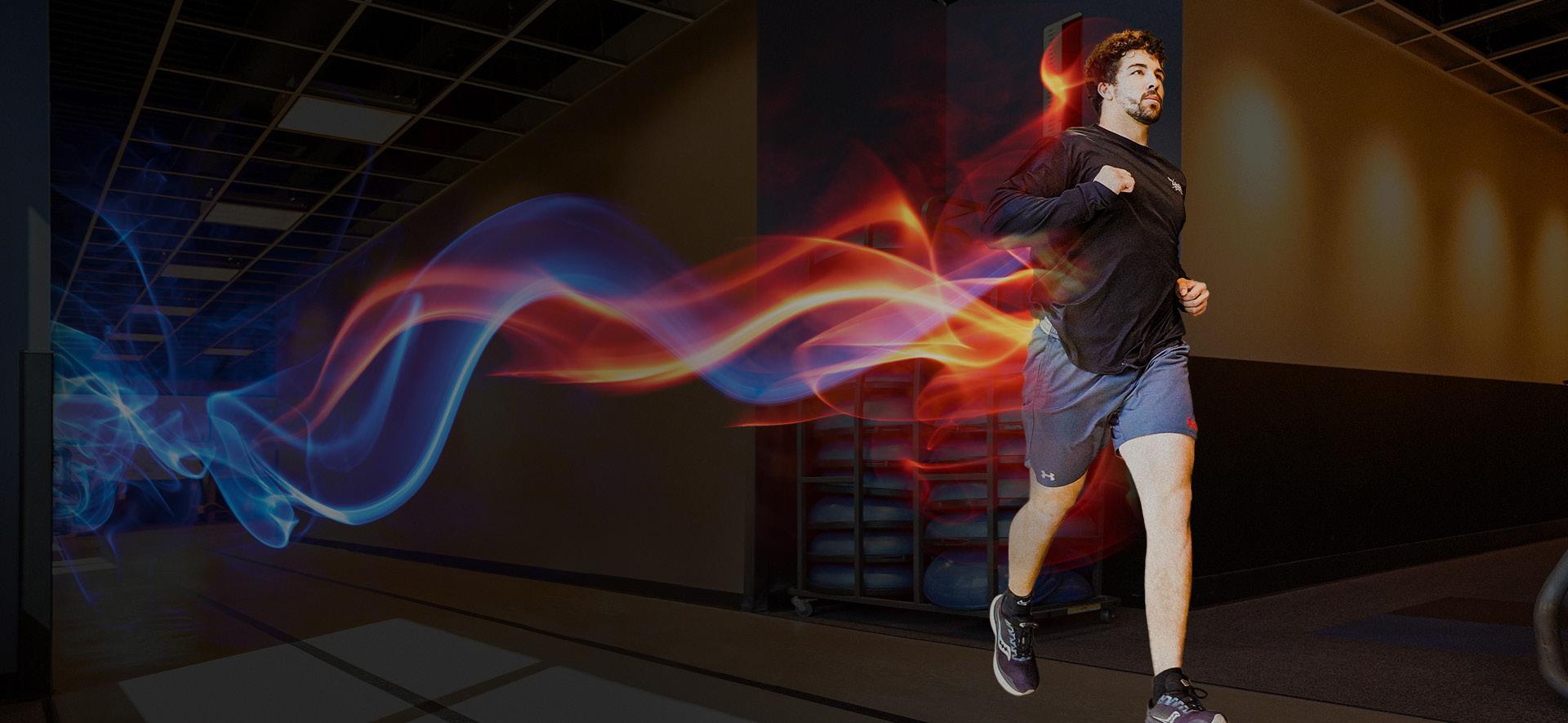

• Our community need the resources, information, and services you offer and provide.
• Our community is looking for information to help heal mentally, physically, and emotionally.
• This is a digital platform that gives our readers the ability to share their voices and experiences.
• We BECOME the community that takes care of each other with population reach up to 183,876 working families in Tulare County.
• We BECOME an INFORMED Community of Health and Wellness Options because Tulare County has 2353 to 1 Primary Care Ratio
• 354 to 1 Mental Health
Provider Ratio
• We Stop the Stigma Associated with Mental Health
• We SAVE LIVES through EDUCATION AND PREVENTION EFFORTS
1/8 Page Ad 3.605” X 2.345”
1 -Ad/yr.- $700 2-Ads/yr - $800 3-Ads/yr - $900 4 Ads/yr.- $1000 5 Ads/yr.- $1100 6 Ads/yr.- $1200
1/2 Page Ad
7.5” X 4.8975”
1 -Ad/yr.- $2100 2-Ads/yr.- $2400 3-Ads/yr - $2700 4 Ads/yr - $3000 5 Ads/yr - $3300
6 Ads/yr.- $3600
1/4 Page Ad 3.605” X 4.854”
1 -Ad/yr - $1400 2-Ads/yr - $1600 3-Ads/yr - $1800 4 Ads/yr - $ 2000 5 Ads/yr.- $2200 6 Ads/yr.- $2400
Full Page Ad 8.5” X 11”
1 -Ad/yr.- $2800 2-Ads/yr.- $3200 3-Ads/yr - $3600 4 Ads/yr - $4000 5 Ads/yr - $4400 6 Ads/yr - $4800
All invoice payments should be made out to Schrank’s Clubhouse EIN 84-2190892 501c3 Non-Profit Organization Billing can be done annually or Bi -Monthly
Issue and Ad Due Dates
2023 Theme: Connections
JAN- 2023



Let’s Get Together Due 12/1/2022
MARCH 2023
We Are the Community Due 2/1/2023
MAY 2023
Mental Health AwarenessConnecting Resources Due 4/1/2023


JULY 2023
United We Stand Due 6/1/2023
SEPT. 2023
Suicide Prevention- 988 = Support Due 8/1/2023
NOV. 2023 Friendsgiving Due 10/1/2023
Additional Information Image Resolution-300 dpi CMYK Ready PDF Format
CONTACT US
Schrank’s Clubhouse Gwen Schrank- Executive Director gwen@schranksclubhouse.org 559-799-8259- cell www.breathemagazine.net www.gsclubhouse.org
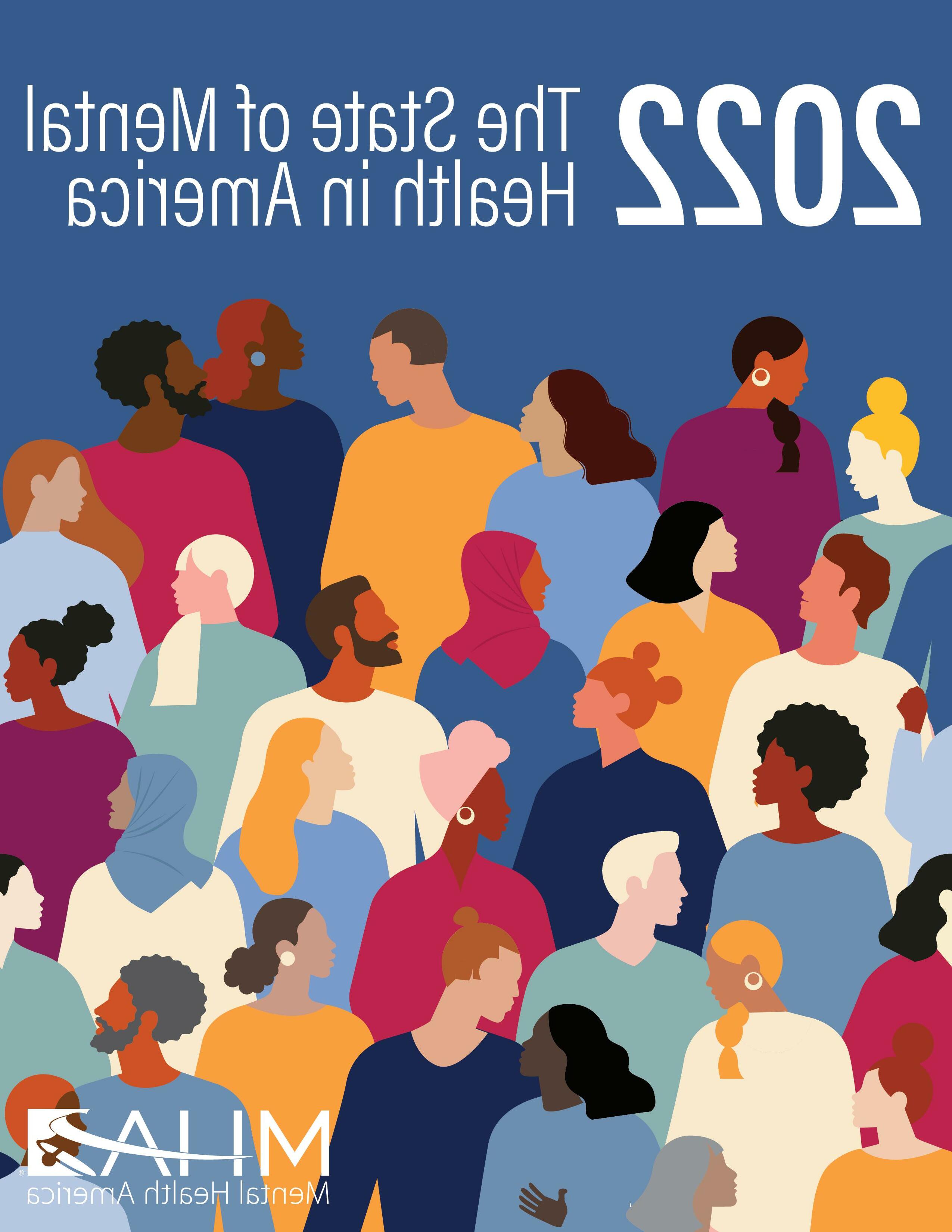
An overall ranking 1-13 indicates lower prevalence of mental illness and higher rates of access to care. An overall ranking 39-51 indicates higher prevalence of mental illness and lower rates of access to care. The combined scores of all 15 measures make up the overall ranking. The overall ranking includes both adult and youth measures as well as prevalence and access to care measures. The 15 measures that make up the overall ranking include: 1. Adults With Any Mental Illness (AMI) 2. Adults With Substance Use Disorder in the Past Year 3. Adults With Serious Thoughts of Suicide 4. Youth with At Least One Major Depressive Episode (MDE) in the Past Year 5. Youth With Substance Use Disorder in the Past Year 6. Youth With Severe MDE 7. Adults With AMI Who Did Not Receive Treatment 8. Adults With AMI Reporting Unmet Need 9. Adults With AMI Who Are Uninsured 10. Adults With Cognitive Disability Who Could Not See a Doctor Due to Costs 11. Youth With MDE Who Did Not Receive Mental Health Services 12. Youth With Severe MDE Who Received Some Consistent Treatment 13. Children With Private Insurance That Did Not Cover Mental or Emotional Problems 14. Students Identified With Emotional Disturbance for an Individualized Education Program 15. Mental Health Workforce Availability
The chart is a visual representation of the sum of the scores for each state. It provides an opportunity to see the difference between ranked states. For example, Massachusetts (ranked one) has a score that is higher than Illinois (ranked 12). Virginia (ranked 20) has a score that is closest to the average.

State Rank
Massachusetts 1 New Jersey 2
Pennsylvania 3 Connecticut 4 Vermont 5 New York 6 Wisconsin 7 Maine 8 Maryland 9 Minnesota 10 Rhode Island 11 Illinois 12 New Hampshire 13 Hawaii 14 Kentucky 15 District of Columbia 16 South Dakota 17 Michigan 18 Louisiana 19 Virginia 20 Montana 21 Delaware 22 Iowa 23 California 24 Ohio 25 Nebraska 26 Georgia 27 Florida 28 North Dakota 29 South Carolina 30 North Carolina 31 Washington 32 Oklahoma 33 Tennessee 34 New Mexico 35 Mississippi 36 Colorado 37 West Virginia 38 Arkansas 39 Missouri 40 Kansas 41 Indiana 42 Utah 43 Texas 44 Alabama 45 Oregon 46 Alaska 47 Wyoming 48 Arizona 49 Idaho 50 Nevada 51 15.00 10.00 5.00 0.00 -5.00 -10.00
